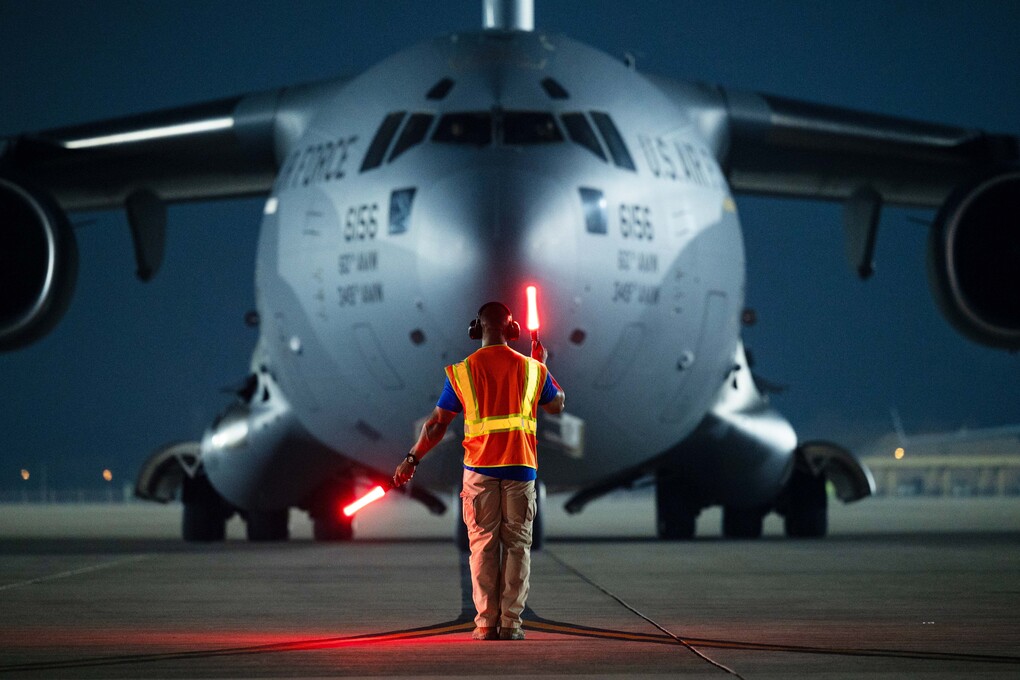Transitioning from a military to a civilian lifestyle can be a significant adjustment, with many service members encountering a range of changes that can be both challenging and liberating. Knowing the key differences and similarities between military vs. civilian life is essential for those considering this transition or simply curious about how these two worlds compare. In this article, we will explore these aspects in detail, highlighting the various facets of military vs. civilian life, including structure, job security, healthcare, and community support.
Structure and Routine
Military Life: A Structured Environment
One of the most defining characteristics of military life is its structured environment. Military personnel operate under a strict schedule and routine, with clearly defined roles and responsibilities. The day-to-day activities are regulated by a chain of command, ensuring that everyone knows their duties and follows a specific order. This structure is designed to promote discipline, efficiency, and readiness, as well as to foster a strong sense of unity and teamwork among service members.
Civilian Life: Flexibility and Autonomy
In contrast, civilian life offers significantly more flexibility and autonomy. While many civilians may still adhere to schedules and routines, especially in professional settings, the rigidity is not as pronounced as in the military. Civilians generally have more freedom to manage their time, make personal choices (e.g., growing beards and not getting haircuts every week!), and balance work with other aspects of life. This flexibility can be both a relief and a challenge for those transitioning out of the military, as it requires a shift in mindset from a highly controlled environment to one that is more self-directed.
Hierarchy and Authority
Military Life: Clear Hierarchy and Chain of Command
Military organizations are known for their clear hierarchy and strict chain of command. Each member knows their rank and the associated responsibilities and authority. Orders are given from the top down, and there is an expectation of unquestioning compliance. This structure is essential for maintaining order and effectiveness, especially in high-pressure situations.
Civilian Life: Diverse Organizational Structures
In civilian life, the concept of hierarchy still exists, but it is often less rigid. Civilian organizations may have flatter structures, and employees may have more opportunities to engage in decision-making processes or challenge ideas. Communication between different levels of authority is generally more open and collaborative, which can be an adjustment for those accustomed to the military’s more directive style. Here’s an added bonus: You don’t have to stand at parade rest when talking with a manager!
Job Security and Career Path
Military Life: Stability and Defined Career Paths
Job security in the military is typically higher than in the civilian sector. Military personnel have contracts that guarantee employment for a specific period, along with regular pay and benefits. Career progression in the military is often more straightforward, with defined paths based on rank and time in service. Promotions are largely merit-based but also follow a clear set of rules and requirements.
Civilian Life: Variety and Competitive Job Market
A key aspect of our mission at Zero Nexxus is to help active-duty personnel integrate into the workforce. While civilian employment offers a broader range of career options, it often comes with less job security. Unlike the military, where roles are assigned based on training and need, civilians have the freedom to choose their career paths. However, this also means navigating a competitive job market, where job stability can be less certain, and layoffs or company closures can occur. Transitioning active-duty service members may need to adapt to this variability and learn to leverage their military skills in new ways.
Healthcare and Benefits
Military Life: Comprehensive Healthcare Coverage
Military personnel and their families receive comprehensive healthcare coverage through military hospitals and clinics, often at no cost. This benefit is a significant advantage, providing consistent and accessible healthcare services. The military healthcare system is designed to support the unique needs of service members, including physical therapy, mental health services, and rehabilitation for injuries sustained in the line of duty.
Civilian Life: Diverse Healthcare Options
In civilian life, healthcare options can vary widely, depending on employment and personal circumstances. Many civilians obtain health insurance through their employers, but the level of coverage and out-of-pocket costs can differ. Unlike the military’s centralized system, civilians often have to navigate different providers and insurers, which can be a complex process. This transition can be particularly challenging for individuals used to the military’s straightforward healthcare system.
Community and Support Systems
Military Life: Strong Community Bonds
Military life fosters a strong sense of community and camaraderie. Service members and their families often live on or near bases, creating tight-knit communities where support is readily available. This environment promotes shared experiences, mutual support, and a collective understanding of the challenges associated with military life. For many, these bonds are a crucial source of strength and resilience.
Civilian Life: Broader Social Networks
In contrast, civilian life offers more diverse social networks that can be less cohesive than military communities. While civilians have the freedom to build relationships in a variety of settings—such as work, school, or community organizations—the sense of unity may not be as strong or immediately accessible as it is in military life. Active-duty military transitioning to civilian life may need to seek out new support networks and communities that align with their interests and values.
Education and Training Opportunities
Military Life: Structured Training and Education
The military places a high value on education and continuous training. Service members are often provided with opportunities to pursue further education and specialized training to advance their careers. Programs like the GI Bill also offer educational benefits to active-duty personnel, helping them transition to civilian life by pursuing college degrees or vocational training.
Civilian Life: Broad Access to Educational Resources
In civilian life, educational opportunities are more varied and accessible, but they often come with significant costs. Civilians can choose from a wide range of educational paths, from traditional college degrees to online courses and certifications. While these opportunities are plentiful, they also require financial planning and investment, which can be a new consideration for transitioning service members.
Physical and Mental Health
Military Life: Focus on Physical Fitness and Readiness
Maintaining physical fitness is a fundamental aspect of military life, with regular fitness tests and physical training sessions. This emphasis on fitness ensures that service members are prepared for the physical demands of their roles. Additionally, mental health support is available, although the military culture has historically been slower to address mental health challenges openly.
Civilian Life: Self-Managed Health and Wellness
In civilian life, individuals are largely responsible for managing their own physical and mental health. While there are many resources available, such as gyms, wellness programs, and mental health services, accessing these resources often requires initiative and investment. Active-duty service members may find it challenging to maintain the same level of fitness and readiness without the structured environment of the military.
Legal and Ethical Standards
Military Life: Adherence to the Uniform Code of Military Justice (UCMJ)
Service members are subject to the Uniform Code of Military Justice (UCMJ), a set of rules and regulations governing conduct in the military. These standards are often stricter than civilian laws, and violations can lead to severe consequences, including court-martial.
Civilian Life: Navigating a Different Legal Landscape
In civilian life, individuals are subject to local, state, and federal laws, which can vary significantly. While ethical standards remain important, civilians generally have more freedom in their personal lives and fewer restrictions compared to military personnel. Adjusting to this different legal landscape can be a significant change for those accustomed to the UCMJ’s strict standards.
Need Assistance Bridging the Gap Between Military and Civilian Life?
Transitioning from military to civilian life involves navigating a range of differences and adjustments, from healthcare, community, education, health, and legal standards—can help active-duty personnel prepare for this shift and find their place in civilian society.
Whether you’re preparing for this transition or supporting a loved one, being aware of these differences can make the journey smoother. If you’re a service member with 24 months or less of remaining duty and are looking for personalized support during this critical time, consider exploring Zero Nexxus’ military transition services to help you navigate your path from military to civilian life with confidence and clarity.



